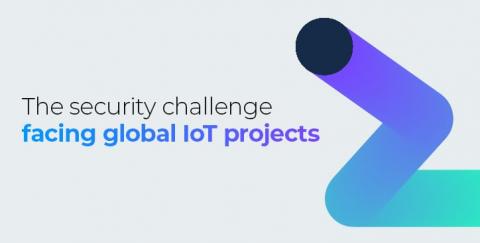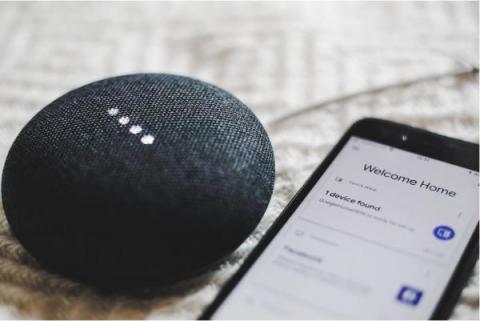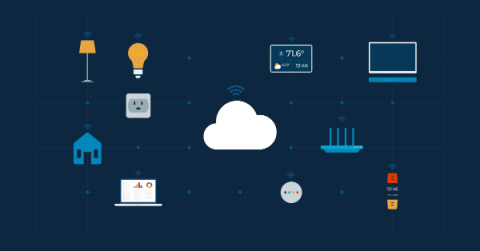Upgrade Your IoT/OT Tech Stack: Replace Legacy Data Historians with InfluxDB
Manufacturing and industrial organizations are firmly in the era of Industry 4.0. The third wave of industrial revolution, which saw the introduction of computers, robots, and automation in industrial processes, has given way to instrumentation, and the use of advanced technologies, like machine learning (ML) and artificial intelligence (AI), using both raw and trained data, to enhance industrial processes.











